A small breed puppy with a heart murmur, elevated pre & post bile acids, bladder calculi, and a small liver; shunt-hunt mode: ENGAGED. When evaluating the portal hilus what should the ratio of the 3 main vessels be to each other? The portal vein, caudal vena cava, and aorta in the portal hilus should be at a 1:1:1 ratio in a normal patient. SonoPath Mobile's Diane Mcfadden, BS, RVT, SDEP® certified clinical sonographer captured the high-end views needed to properly diagnose this little one's liver shunt. Detailed interpretation by Eric Lindquist, DMV, DABVP, Cert. IVUSS.
DX
Splenocaval shunt, bladder calculi, swollen kidneys, microhepatica.
Outcome
Clinical management with hepatic bile acid elevation support protocol was recommended until surgical intervention could occur for correction of splenocaval shunting. At last communication, the patient was having serial ultrasound rechecks to track the progression of the shunt.

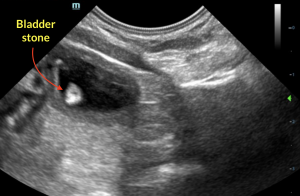

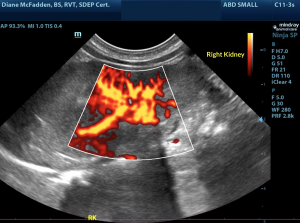
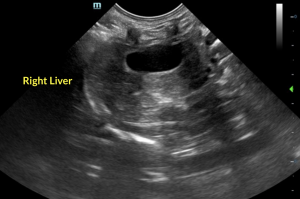
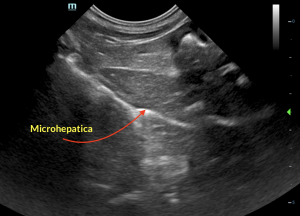
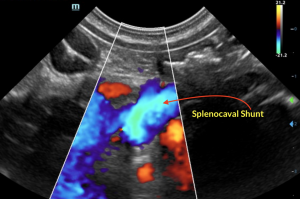
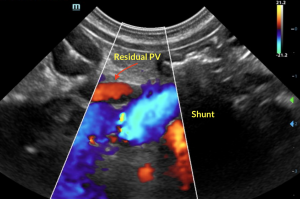


Comments
If you need help with imaging liver shunts, see our online course "Sonographic Approach - Shunt Hunt 1 & 2. https://education.sonopath.com/ Detection of portosystemic shunts and the negative shunt hunt, utilizing the SDEP abdominal scanning protocol; exhaustive review of EHPSS and IHPSS including clinical approaches, medical and surgical management in this 2 part series.